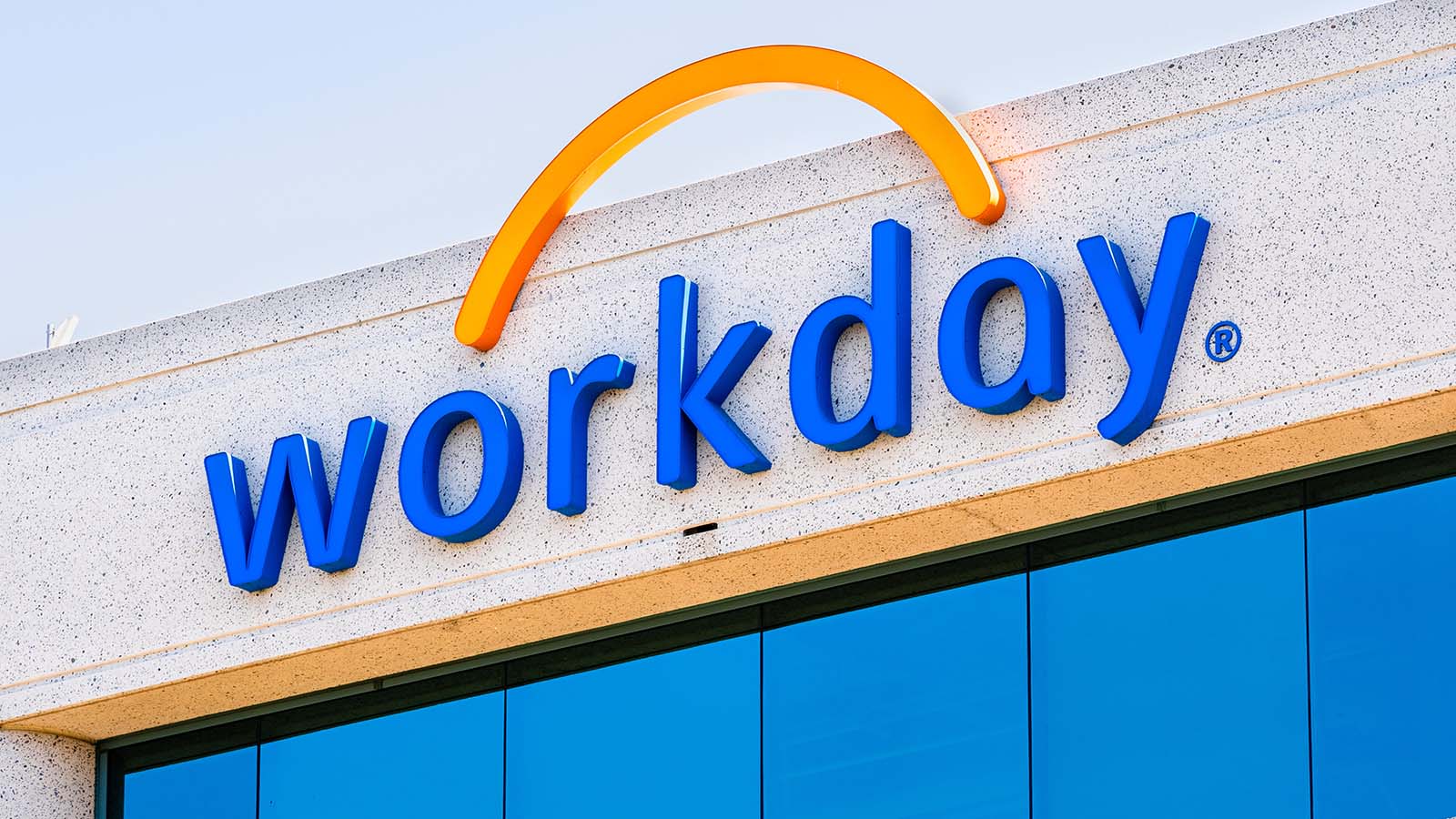In the cloud investors are always chasing the next shiny object. A niche that seems earth-shaking when it opens will, once it’s mined, seem prosaic and staid. That’s the story of Workday (NASDAQ:WDAY) and WDAY stock.

The company has proven the value of its niche, human resource databases in the cloud, and expanded it into finance and enterprise management. Yet WDAY stock opened July 22 worth 10% less than what it traded for over a year ago.
At $190 per share, Workday carries a market cap of $44.8 billion, on 2020 sales of $3.6 billion. First quarter revenue of $1.01 billion was up nearly 20% from a year earlier. While the company continues to lose money, operating cash flow was $865 million last year, $264 million last quarter.
In a world hungry for software stocks, Workday is worth less?
Happy Workers
Much as Salesforce.com (NYSE:CRM) began with a disgruntled Oracle (NASDAQ:ORCL) salesman, Workday began life with people upset over an Oracle acquisition.
In this case it was Peoplesoft, an HR database software outfit Oracle bought in 2005 in a hostile takeover. Two Peoplesoft veterans then decided to launch a competitor to Peoplesoft in the cloud, and Workday was born. The company’s 2012 IPO valued it at $9.5 billion. It has more than quadrupled its value since.
Workday has copied a lot of the things Salesforce did right. It has a partner ecosystem selling their improvements to its system and it has cultivated a reputation as a great place to work. While other companies cut pay at the start of the pandemic, Workday handed out bonuses.
It has also expanded its niche laterally. What started as a “human resources” company is now a “business development manager,” with financial management applications.
WDAY Stock and the Expectations Game
The problem for Workday is that success is never eternal. Success breeds an expectation for even more success. At some point every company will fall short, and expectations will ratchet downward.
That’s the story of Workday’s first quarter results. The numbers were fine, they were just short of expectations.
Workday next reports August 26 and estimates are modest. Analysts are expecting a small loss of 15 cents per share on revenue of $1.05 billion, a little more than in the first quarter. A substantial beat could mean a substantial bump for the stock.
Analysts see slowing growth for Workday in a market niche that’s still growing, where Gartner (NYSE:IT) still claims Workday is the leader. There are other success markers, like companies raising money to connect Workday with things like Microsoft’s (NASDAQ:MSFT) LinkedIn.
Workday’s software keeps improving, marked by a cut in the time it takes to deploy it. Oracle co-founder Larry Ellison is now comparing Oracle to Workday, after watching Salesforce pass him in market cap.
Workday is also firming up its cloud alliances. It has a new alliance with Microsoft and a new partnership with Salesforce. Analysts expecting an economic recovery say it’s time to buy Workday.
The Bottom Line
Assuming the year of software has room to run, Workday is looking like a buy.
Workday hasn’t changed. What has changed is the market’s perception of Workday’s niche.
Instead of focusing on applications that replace what people were doing on-premises, like Workday and Salesforce, speculators are now giving huge multiples to applications that serve the cloud itself, like Zscaler (NASDAQ:ZS), Fastly (NASDAQ:FSLY), and DataDog (NASDAQ:DDOG).
When speculators run to the shiny objects, they leave great businesses alone. That’s what seems to be happening here. Over the last five years Workday has averaged a 50% gain each year. The fact that it’s lagging now may spell opportunity for patient investors.
Dana Blankenhorn has been a financial and technology journalist since 1978. His latest book is Technology’s Big Bang: Yesterday, Today and Tomorrow with Moore’s Law, essays on technology available at the Amazon Kindle store. Write him at danablankenhorn@gmail.com or follow him on Twitter at @danablankenhorn. As of this writing he owned shares in MSFT.
